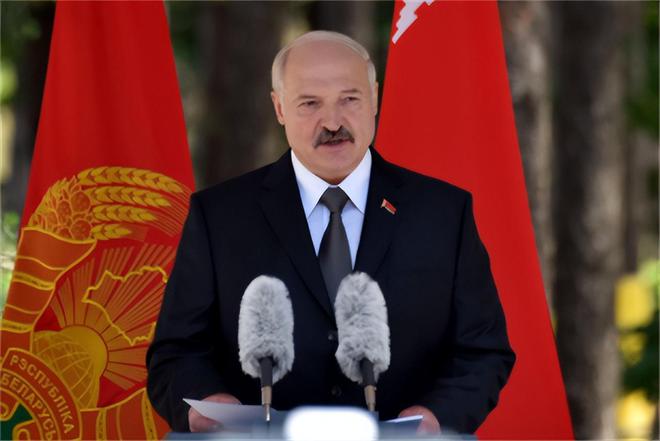Title: Introduction to Major League Soccer (MLS)
Overview:
Major League Soccer (MLS) stands as the premier professional soccer league in the United States and Canada. Established in 1993, MLS has significantly contributed to the growth and popularity of soccer in North America. From its modest beginnings to becoming a prominent fixture in the global soccer landscape, MLS has undergone remarkable expansion, attracting top talents from around the world and cultivating a fervent fanbase.
History:
MLS was founded as part of the United States' successful bid to host the 1994 FIFA World Cup. The league officially commenced play in 1996 with ten teams. Over the years, MLS has expanded both in terms of the number of teams and its geographic footprint. Currently, the league comprises 28 teams – 23 in the United States and 5 in Canada.
Structure:
MLS follows a franchise system where teams are owned by investors and operate under a singleentity structure. Unlike traditional soccer leagues, where clubs operate independently, MLS centrally controls player contracts and leaguewide sponsorships. This structure aims to ensure financial stability and competitive balance among teams.
Competition Format:
The regular MLS season typically runs from March to October, with each team playing 34 matches – 17 at home and 17 away. The league follows a balanced schedule, with teams competing against opponents from both the Eastern and Western Conferences. At the end of the regular season, the top seven teams from each conference qualify for the playoffs, culminating in the MLS Cup, the league's championship match.
Key Features:
MLS is known for its unique rules and regulations compared to other soccer leagues worldwide. The league operates under a salary cap system, restricting the amount teams can spend on player salaries. Additionally, MLS employs the Designated Player Rule, allowing teams to sign star players whose salaries exceed the cap, with only a portion of their salaries counting towards the cap.

International Significance:
While MLS primarily focuses on developing soccer in North America, it has increasingly garnered attention on the global stage. The league's ability to attract renowned players from Europe and South America has elevated its profile internationally. Moreover, MLS teams regularly compete in prestigious tournaments such as the CONCACAF Champions League, showcasing their talent against top clubs from Central America, the Caribbean, and beyond.
Fan Engagement:
MLS boasts a passionate and diverse fanbase, with supporters representing various demographics and communities. The league has embraced fan engagement initiatives, including supporter groups, interactive digital platforms, and grassroots development programs. Stadium atmospheres are often electric, with fans creating an immersive experience for players and spectators alike.
Future Outlook:
As soccer continues to gain traction in North America, MLS is poised for further growth and success. Expansion plans, stadium developments, and increased investment in player development signal a bright future for the league. MLS's commitment to innovation and inclusivity positions it as a prominent player in the global soccer landscape.
In conclusion, Major League Soccer (MLS) stands as a vibrant and evolving entity within the soccer world, contributing to the sport's growth and popularity in North America and beyond. With its unique structure, competitive format, and commitment to fan engagement, MLS remains a compelling destination for players, fans, and stakeholders alike.











